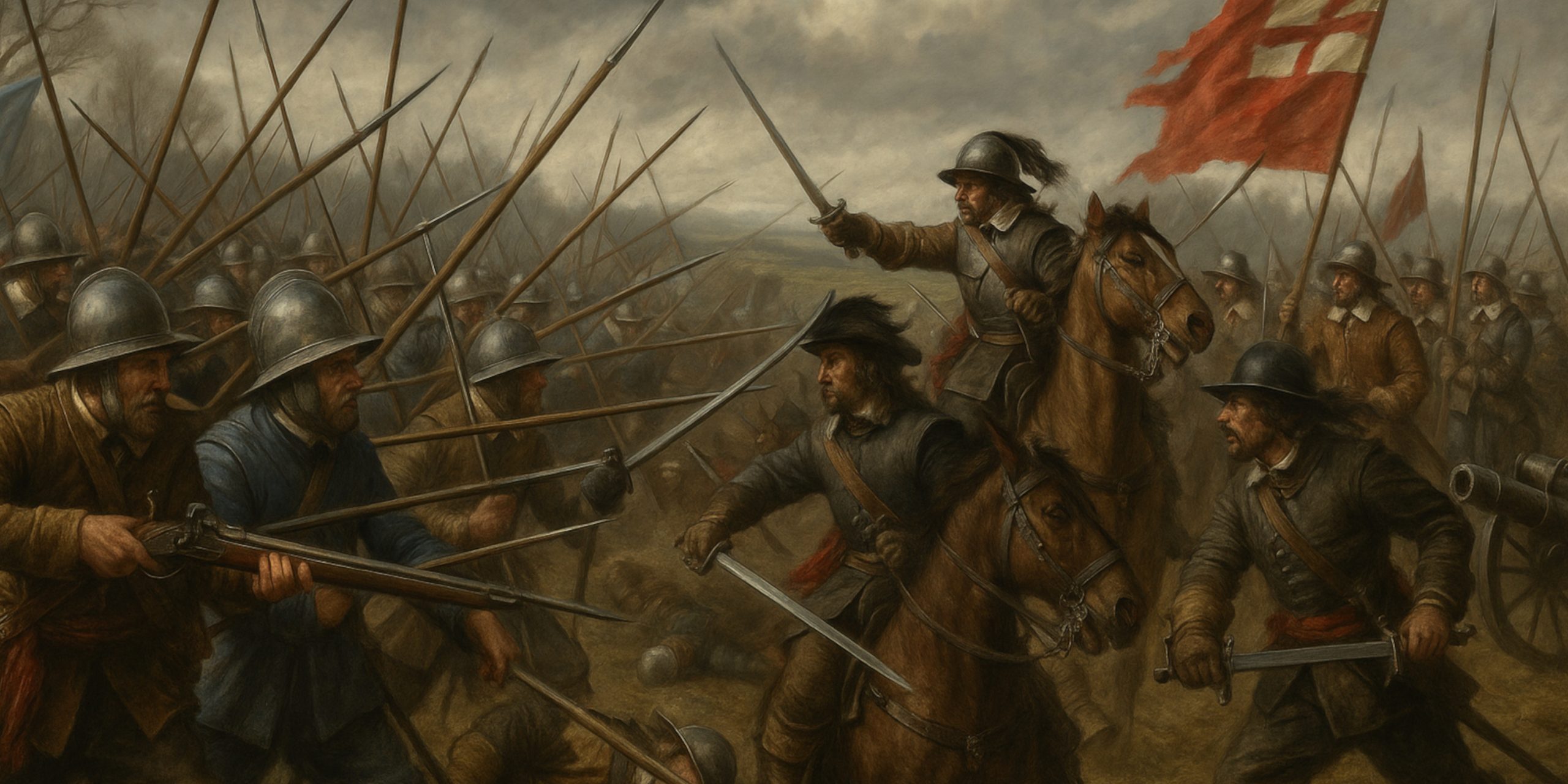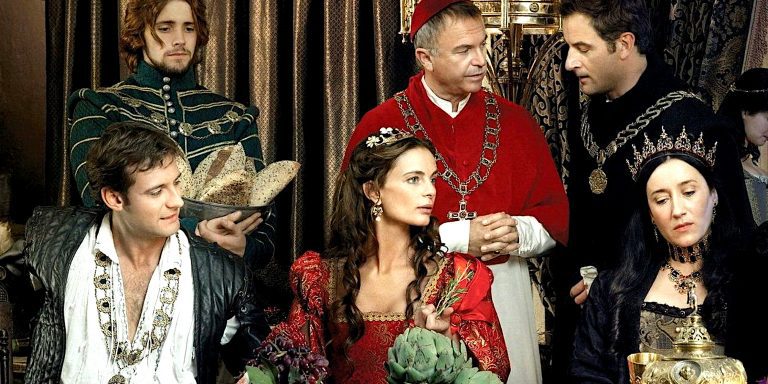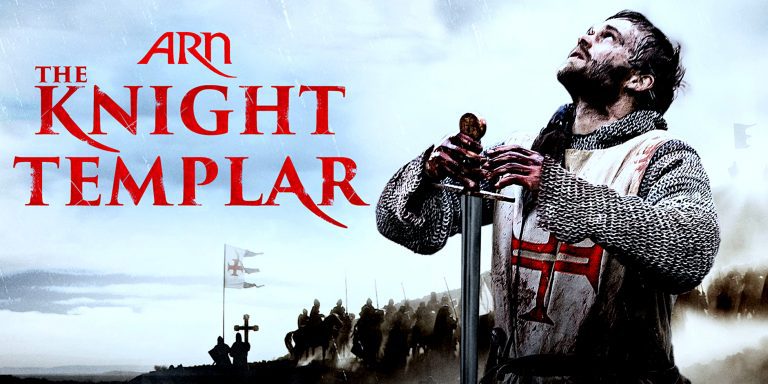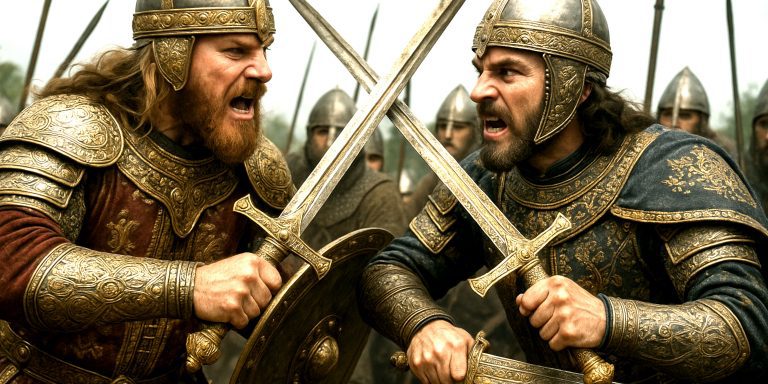
The Battle of Cheriton, fought on 29 March 1644 in Hampshire, was a turning point in the English Civil War. It ended Royalist hopes of regaining the initiative in the south of England and provided Parliament with a decisive victory that strengthened its control over the region.
Background
By early 1644, Parliamentarian forces were seeking to consolidate their position in southern England. The Royalists, under Sir Ralph Hopton, aimed to march east and threaten London. Parliament, led by Sir William Waller, moved to block their advance. The two armies finally met near the village of Cheriton, east of Winchester.
The battle became one of the most important in the first phase of the Civil War, not only for its immediate military outcome but also for the psychological blow it dealt to Royalist morale.
Forces
Leaders and Commanders
| Side | Leader(s) | Notes |
|---|---|---|
| Parliamentarians | Sir William Waller, Sir William Balfour | Strong infantry and cavalry presence |
| Royalists | Sir Ralph Hopton, Henry Bard, Earl of Forth (nominally) | Experienced but divided command |
Troop Estimates
| Side | Numbers (approx.) |
|---|---|
| Parliamentarians | 10,000–11,000 |
| Royalists | 7,500–8,000 |
Arms and Armour
The soldiers at Cheriton carried the standard weaponry of Civil War armies, reflecting both military issue and personal equipment.
Infantry Weapons
- Pikes: Around 16–18 feet long, tipped with steel heads, used by pikemen in close combat and to hold cavalry at bay.
- Swords: Infantry officers and many pikemen carried sidearms, typically mortuary swords (favoured in England and Scotland at the time, with basket hilts and etched decoration) and backswords (single-edged, basket-hilted swords, cheaper but sturdy).
- Muskets: Matchlock muskets with rests, firing lead balls. Musketeers often carried short hanger swords or cutlasses for close quarters.
Cavalry Weapons
- Harquebusiers: Wore buff coats with breastplates and carried rapiers or mortuary swords, along with pairs of wheellock or flintlock pistols.
- Cuirassiers (rarer by 1644 but still present): Heavily armoured cavalry who carried long straight swords, often mortuary swords or heavy cut-and-thrust broadswords.
- Light Horse: Some carried curved sabre-like blades, influenced by continental designs, though the basket-hilted broadsword remained most common.
Officers and Nobility
- High-ranking commanders such as Sir William Waller or Sir Ralph Hopton would have worn ornate rapiers or mortuary swords, signifying status as well as function. These were often decorated with engraving, pierced hilts, and fine wire-bound grips.
The Battle
Timeline of Events
- Early morning: Both armies positioned near Cheriton Wood. Parliamentarian troops seized the initiative by pushing into the woodland, a key position on the flank.
- Late morning: Royalist forces counterattacked in the woods but were driven back after fierce fighting.
- Midday: A Royalist cavalry charge attempted to break the Parliamentarian centre but was repulsed.
- Afternoon: Parliamentarian counterattacks forced the Royalists into retreat. Hopton’s men lost cohesion as they withdrew across the fields.
- Evening: The Royalist army broke and fell back towards Basing House and Winchester. Parliament held the field.
Contemporary Quotes
- Sir William Waller reported the Parliamentarian success with satisfaction: “God hath given us a great victory this day.”
- A Royalist observer lamented: “Our hopes were broken upon the field at Cheriton, and our strength wasted.”
- An account in Perfect Occurrences, a Parliamentarian newsbook, claimed: “The enemy fled in great disorder, leaving us master of the field and many prisoners.”
Archaeology
Archaeological investigation of the battlefield has identified musket balls, pistol shot, and fragments of armour across the fields near Cheriton Wood. These finds confirm the locations of intense infantry skirmishing and cavalry engagement.
The landscape of hedgerows and rolling hills remains much the same, and Cheriton Wood still marks the central ground contested in 1644.
Legacy
The defeat at Cheriton ended Royalist hopes of reasserting dominance in the south. Hopton’s army never regained its former strength, while Waller gained renewed prestige. The battle demonstrated the effectiveness of disciplined Parliamentarian infantry and the growing importance of combined arms tactics.
Cheriton, though often overshadowed by Marston Moor later in the same year, was a key moment that shifted momentum away from the King’s cause and towards Parliament.
Watch the documentary:



